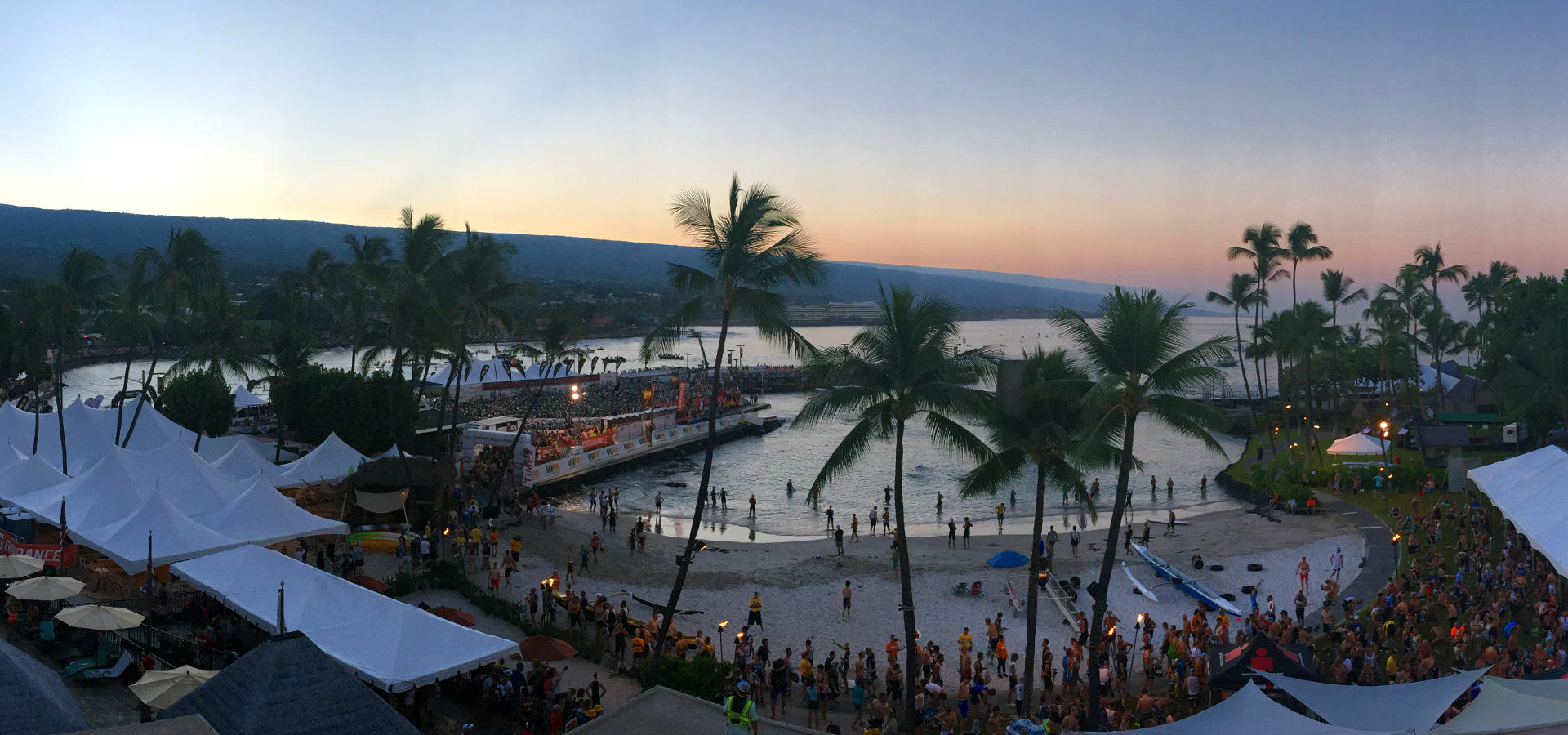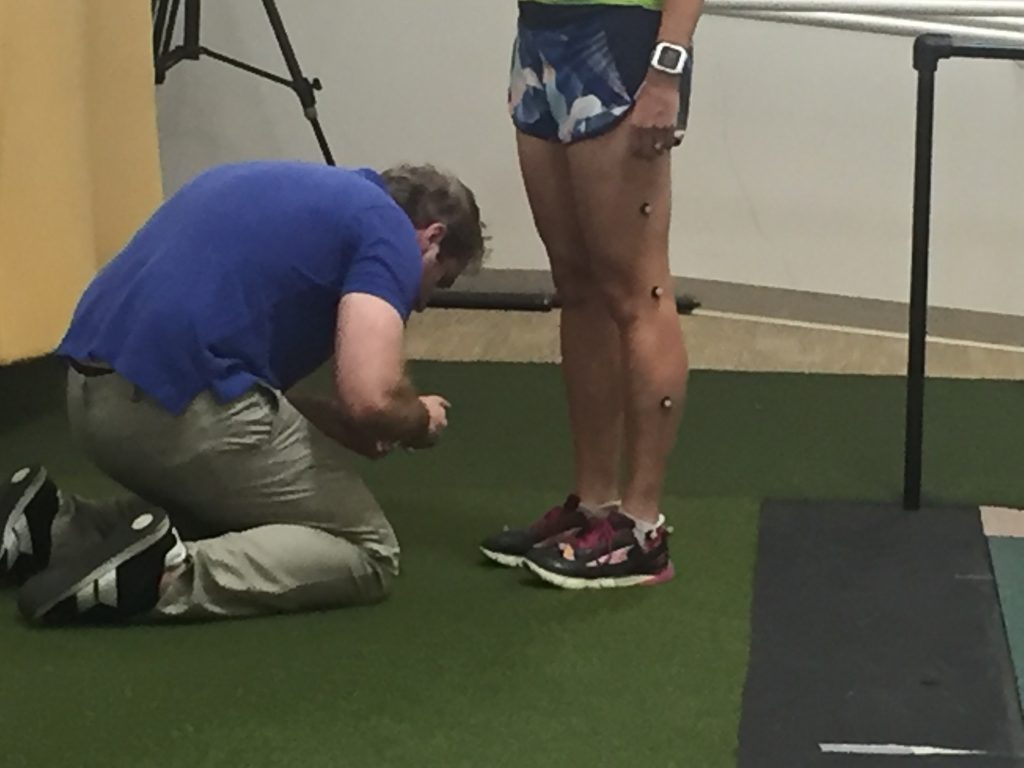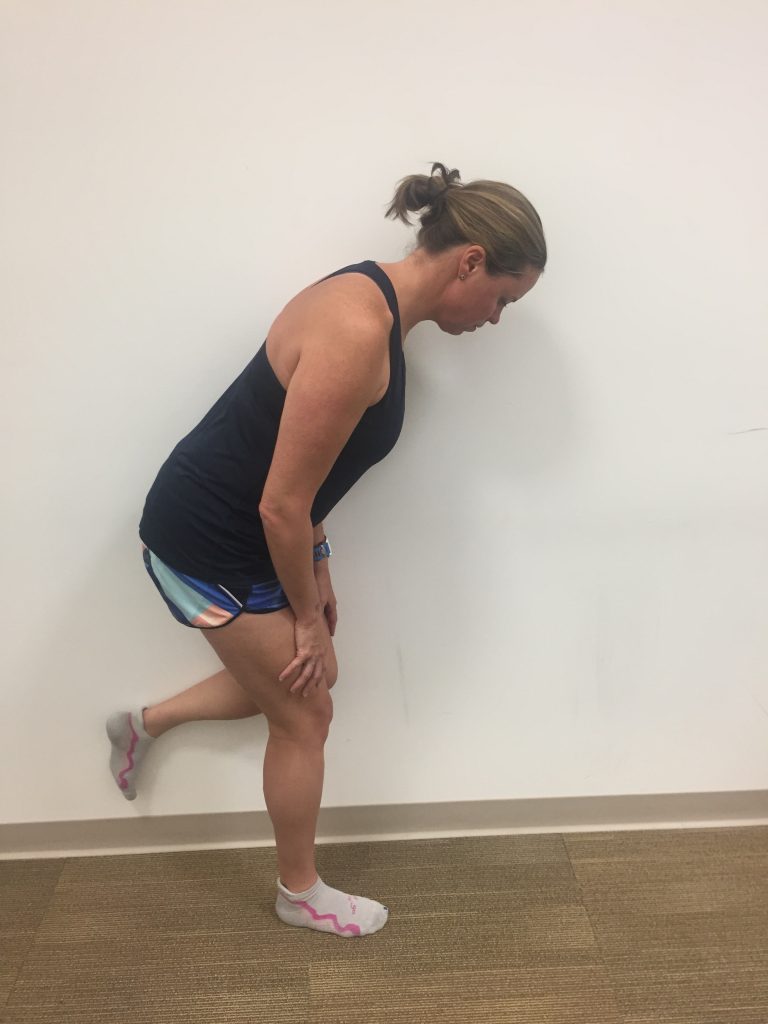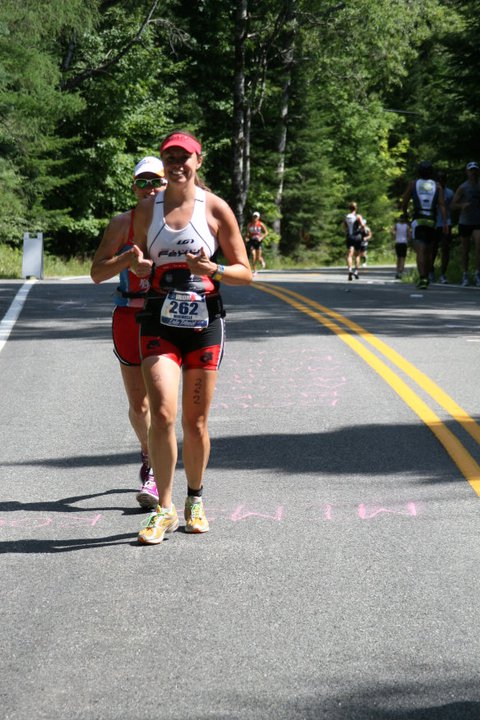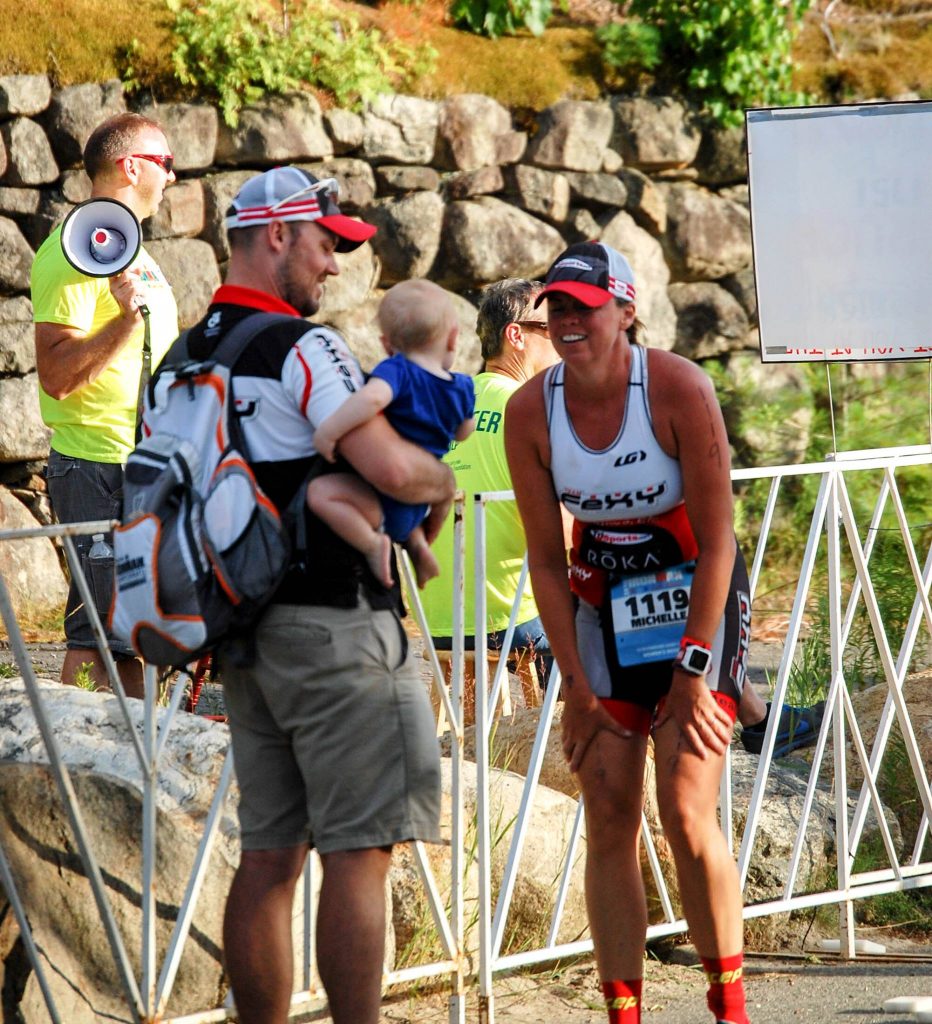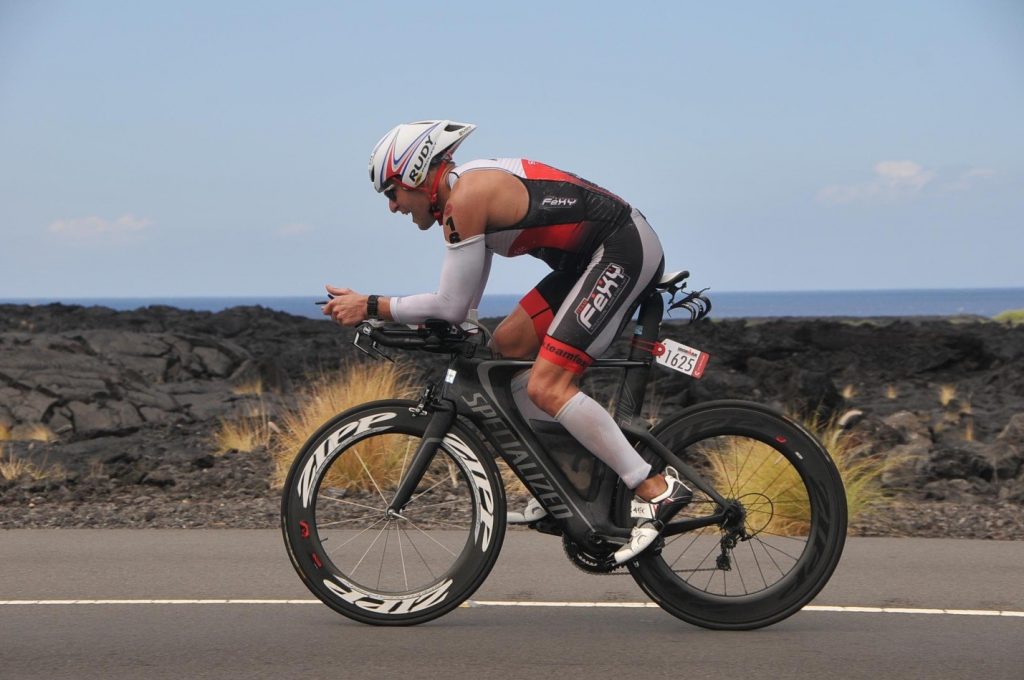Welcome to mid-December and the Fiv3 Favorites Newsletter. We hit an exciting milestone this month with the company’s five year anniversary. Thank you to all the athletes and teammates who have trusted in us since December 1st of 2016. Can’t wait for the next five years and beyond!
The full blown holiday season is here and we are looking forward to a break from the standard schedule to get some rest and relaxation. We are starting to get those meeting requests from athletes looking to lay out their 2022 racing campaigns as well as December was a record number of new athlete starts for our little company.
Here are some of our favorites in December:
DECEMBER FOCUS: THE TRIATHLON SPIRAL OF FITNESS. In the last few weeks we have heard a lot of pushback. Quite a few athletes are expressing that they are resistant to taking a break after their last race and have a somewhat desperate need to rush into 2022 fitness without a focus on recovery and rejuvenation. Some athletes speak of it feeling like their training is taking a backwards turn instead of progressing. Why more than usual? Well it could be pandemic related, or because so many basically trained for 2021 races from 2019 through to 2021 without a break.
Check out the graphic we made that’s our take on fitness year-by-year. Each year is a circle in the spiral where some of the year you are in the heading to the right towards your peak fitness and goal race(s) and the other part of the year feels like you are going backwards (towards the left). But, actually, your fitness is growing as the circle in a spiral grows.
You are, in fact, building your fitness “resume” and the ability to race when it matters, faster. Be ok with the seasonality of endurance sports. Depending on what expert you ask, you can only be at your “best race form” 1 to 2 times a year (for a total of 3-6 months). A break is also very important for your longevity in the sport. Don’t try to be there year round, it just doesn’t work.
DECEMBER COACHED ATHLETE SPOTLIGHT – Matt LoSchiavo. Matt started with Coach Shelly in April of 2020. Understanding that races were likely going to be a long way off, he settled in working super hard to get better at the Ironman distance. His 2021 races went quite well, with PR’s in the Olympic and Ironman distance (40 mins!) and basically tying his best at the 70.3 distance. But Matt has big goals in mind, and after a so-so performance at Ironman Wisconsin where he had wanted a bit more (even with a big PR), we pivoted to focus on shorter races to see how much we could get out of each one – had we really pushed the limits? Since then Matt has PR’d his 5k by 45 seconds, his 10k by 40 seconds and just recently his half marathon by 7 mins (1:20)!! Matt is a great example that the path to reaching your goals (how ever big they may be) isn’t always lightening fast or linear, but hard work keeps moving you towards them! We are pretty excited to see where Matt takes his racing in 2022 and beyond!
WORKOUT OF THE MONTH.
Building bike (1-2 hours):
20-40 minutes @40-60%FTP 20-40 minutes @55-75%FTP 20-40 minutes @70-90%FTP
This is a great workout on days where you aren’t sure how you are going to feel, as the %FTP ranges give you some leeway. It is also a good one for those people that struggle to start out easy enough. Lastly, it’s great for those that love a long warm-up. It can be done outside or on a trainer inside. The last segment can be pretty hard if you stick to the top of the ranges. Negative splitting is how we like to structure many of our workouts and our race thinking at Fiv3 Racing. This workout helps with learning to negative split.
PODCAST/YOUTUBE. Grn Mchn Multisports Interview with Kevin Wright.
This was a fun interview with Kevin talking about his start in endurance sports, his Ironman races early success and some discussion on Ultraman Florida that both Kevin and host Dan participated in 2018. Lots of good nuggets and Coach Shelly was also a surprise guest! You can watch it on YouTube:
 |
|
Or in podcast form: https://drive.google.com/file/d/1jXlhGp09f3a7ALbEDb-F61pb2ZaD4GYk/view?fbclid=IwAR2xz8RzFdZltA0z2pAog3m-bBGMBrHWH_bFQovxEH9QMritv3AzWORPdjQ
BOOK. Out of Thin Air: Running Wisdom and Magic from Above the Clouds in Ethiopia By Michael Crawley, reviewed by Coach Shelly.
Michael Crawley is a 2:20 marathoner and anthropologist who spent 15 months training alongside and living with Ethiopian runners to learn why they were so successful. Why do 6 of the top 10 fastest marathon times ever come from Ethiopian runners? This book was really interesting – and quite fascinating – as so much of their training and thinking is in opposition to what American endurance athletes do. The runners that the author encountered always run in groups, never solo. They run very close together in a pack, making sure to follow very closely the feet of the person in front while mimicking their stride. “Training is not an individualistic, survival-of-the-fittest pursuit, but rather a communal endeavour.” Another interesting part is how the athletes and coaches in Ethiopia are extremely aware of running locations. The athletes choose where to live based on the proximity to good places to run and often drive very far to run on a certain dirt road or mountain. They hardly ever run on asphalt, almost every run is on some sort of other road condition such as dirt or gravel. Lastly, they are very good at taking a long warmup before settling in to the work of the workout. All good things to consider when planning your run training.
That’s it for this month. Please respond to this email if you have any recommendations for things you want to hear about in future newsletters or if you have any comments or questions!
